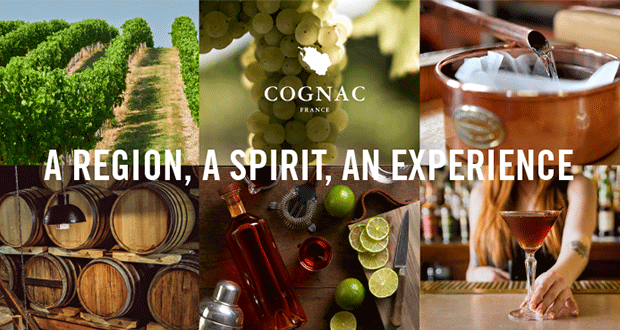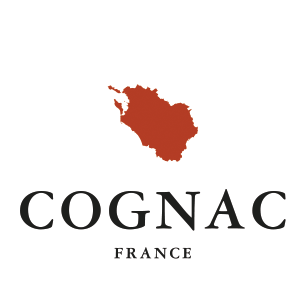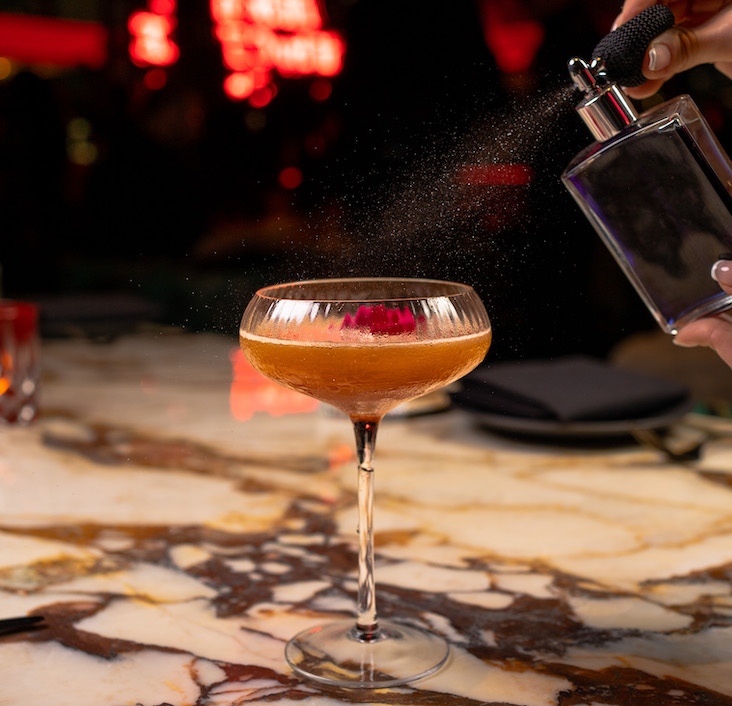Content provided by Cognac / BNIC

Located on France’s Atlantic Coast and 75 miles north of Bordeaux, the Cognac region and its resulting spirit both take their name from the town at its center—Cognac. Covering more than 205,000 acres, Cognac’s vineyards are primarily planted with white variety Ugni Blanc, though Folle Blanche and Colombard are also found, resulting in the largest white wine region in France. The Cognac region is the second largest French wine producer, with 10% of all French vineyards.
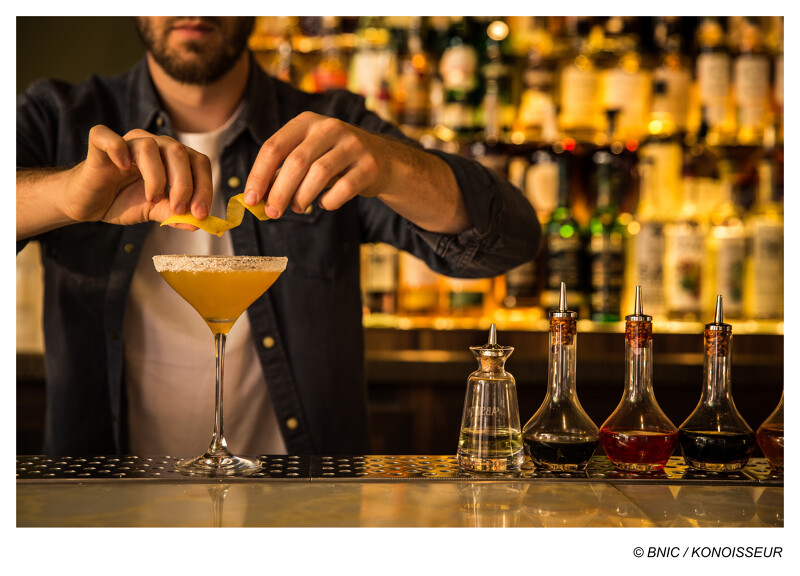
Cognac is a spirit produced from wine and made 100% from grapes, mainly the Ugni Blanc. Low alcohol wine is double distilled in a Charentais copper still, producing the eau-de-vie. Eaux-de-vie must be aged a minimum of two years in oak before they can be called Cognac. The designation is based on the age of the eaux-de-vie:
- VS (Very Special) – Youngest eau-de-vie is at least 2 years old
- VSOP (Very Superior Old Pale) – Youngest eau-de-vie is at least 4 years old
- XO (Extra Old) – Youngest eau-de-vie is at least 10 years old
- XXO (Extra Extra Old) – Youngest eau-de-vie is at least 14 years old
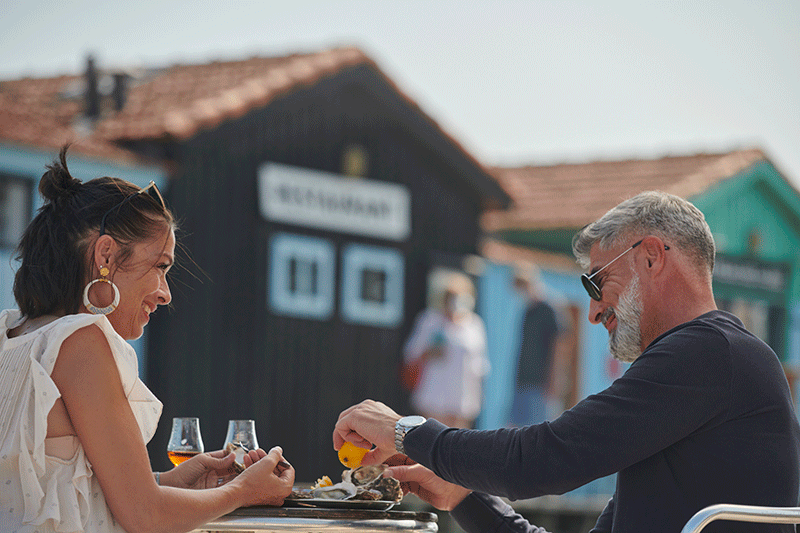
Versatile, Cognac can be enjoyed several ways. More youthful blends such as VS and VSOP lend themselves well to centerpieces in cocktails, such as classics like the French 75, Sidecar, or Brandy Alexander. Bartenders across the US are experimenting with a large range of cognacs, each one having its own aromatic profile, to create new Cognac cocktails. Bartenders are adding infusions, shrubs, syrups and more, to highlight Cognac’s diversity behind the bar. XO, thanks to its longer aging, is typically best savored on its own. All styles are versatile enough to pair with a variety of dishes, such as a frozen VS with oysters, a VSOP with Szechuan noodles, and XO with chocolate.
For creative cocktails, visit CognacConnection.com, and for more in-depth information: Cognac.fr/en.

